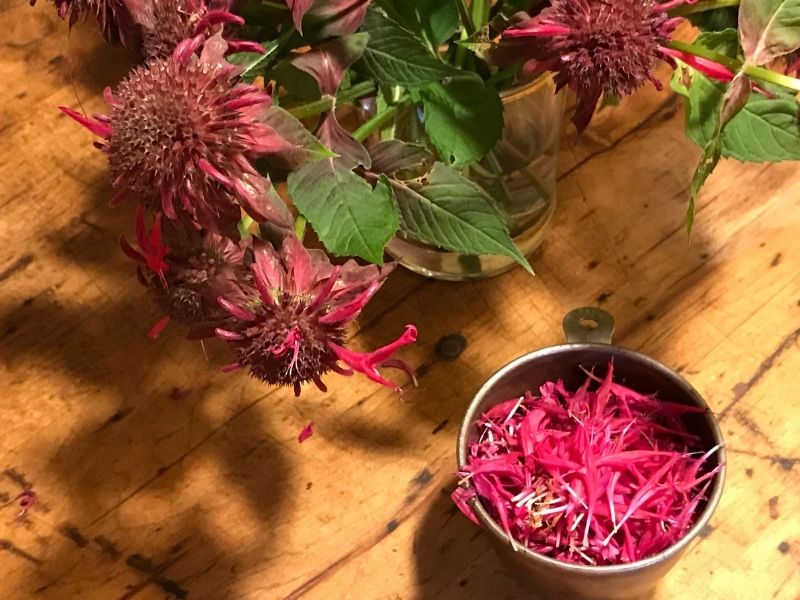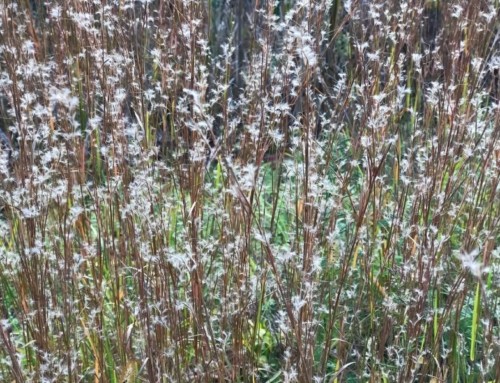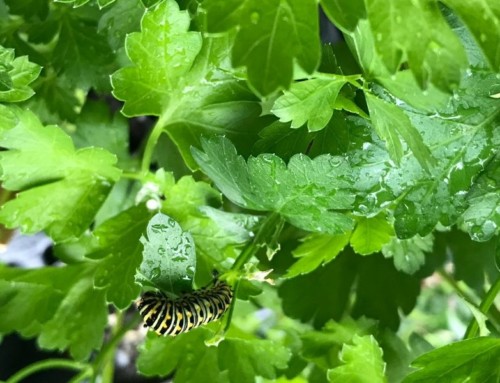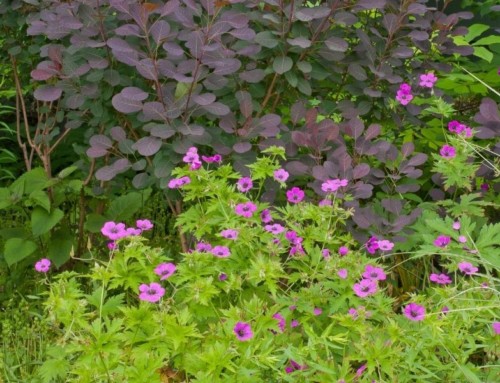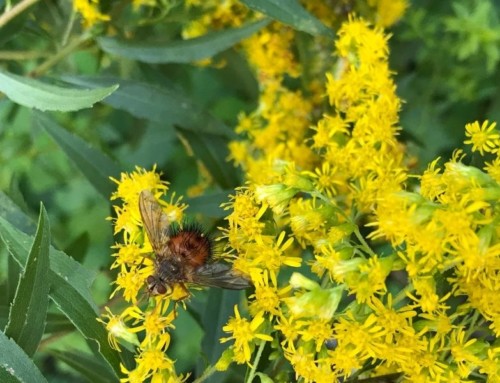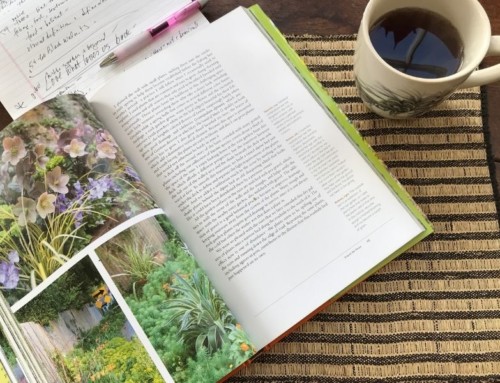When an accomplished friend and kindred spirit comes out with a wonderful book, it’s time to celebrate.
I welcome this opportunity to recommend The Heirloom Gardener: Traditional Plants & Skills for the Modern World written by my knowledgeable, passionate and generous friend (and accomplished cook) John Forti.
Forti wears a lot of hats – he’s an ethnobotanist, heirloom garden and biodiversity specialist, a naturalist, garden historian, educator, public garden director and local foods advocate.
He believes that putting the local environment into every equation when gardening improves the air, soil and water quality where we live – and our own health, too.
In a recent conversation, he took care to say this shouldn’t be political or about taking sides. It’s an attempt to find new ways to remove politics from stewardship.
This is not a book – or an outlook – that indulges in cheap nostalgia or Hallmark sentimentality, despite Forti’s avowed romanticism.
Nor does the book contain a shred of dry scholasticism, despite his years of deep research into primary sources.
Forti brings history alive and explores plants and skills that give meaning to our lives today, connect us with our heritage on a very personal level and show us a more sustainable future – plus he tells a hell of a good story.
Arranged as a series of engaging essays, in alphabetical order from A (Angelica, and (upsetting the) Apple Cart) to Z (Zinnia and Zucchini, “the epitome of seasonal bounty in a green rind”), Forti remind us that landscapes and plants have a voice, if we only listen.
This heartfelt, lyrical manifesto is impossible to put down.
Read it through, then leave it out on the dining table, potting bench or where you sit and drink tea (hopefully made with flowers from your garden).
I know that I will dig into this book again and again to be touched, to be reminded of the many ways we can live lightly on the earth and in community – and eat well.
And do visit John Forti’s website The Heirloom Gardener
A few excerpts from The Heirloom Gardener
Biodiversity
The potato famine that drove nearly two million people to flee Ireland, my paternal grandmother among them, may be traced to the lack of genetic diversity among potatoes. There was only one “lumper,” and when it became blighted, all its genetic clones did too. A lesson we would have done well to learn from. Yet instead, over the last hundred years, we have lost more than ninety percent of the genetic diversity among crops that fed the world…
Historically, we knew over twenty thousand plants that could be eaten or used for textiles, cordage, or medicinal, cosmetic and creative purposes. Every county had a favorite bean, early berry, or nutritious salad green that extended the growing season but most of that was lost when we allowed chemical companies to hybridize and patent the seeds handed down to us as our nation began corporatizing agriculture…
Cultivating heirlooms and supporting small, diverse agricultural enterprises (instead of vast monocultural conglomerates) are two ways we can help to revitalize ancient grains, digestibility, flavor, crops that self-fertilize, and plants adaptable to a changing world.
We are not obliged to live with systems that harm biodiversity… Use the language of history, indigenous knowledge, and the wisdom of our kith and kin from the natural world to say enough.
I am happier to anthropomorphize and elevate my fellow citizens of the earth – whether green, scaled, feathered or furry – and the web we share than to grant a corporation personhood…
Every species lost is another broken strand in the web that supports us.
Chestnut
In living memory, chestnuts made up twenty to seventy percent of the forests in parts of North America…
The nuts were a significant part of the diet for turkey, deer and other woodland wildlife. Unlike acorns, which require special preparation to make them edible for humans, the American Chestnut was naturally sweet and the only chestnut in the world that could be eaten without being roasted first. For this reason, they figured large in the diets of Native Americans and generations of immigrants alike, as free foraged protein.
All this changed with Cryphonectria parasitica, a pathenogenic fungus… what became known as chestnut blight.
Working at Plimoth Plantation after collage, Forti planted disease-resistant American/Chinese chestnut hybrids to recreate what would have grown there in the 17th century.
When he returned years later as a speaker, he walked down to the Wampanoag homesite and he … was distracted by the sight of an unfamiliar tree canopy on the horizon. It was one of the disease-resistant chestnuts I had planted a decade earlier – and it was full of kids!
Half a dozen Wampanoag kids were playing in the tree and collecting nuts, likely the first Native American children to harvest chestnuts in that region in nearly a century.
Cordials
Where I live, cordials have a long history of preserving the flavors and medicinal attributes of botanicals gathered ripe from the sun. They are typically made by steeping or distilling digestive (bitter) herbs, or fruits and spices, with sugar and alcohol. In the middle of winter, I can taste the sun-saturated ripeness and healing benefits of these liqueurs, which are intended to heal everything from digestive disorders to coughs, colds, and the winter blues.
I typically fill a glass jar or carafe two-thirds of the way with my favorite, very ripe botanicals and cover them completely with whatever base alcohol seems to pair best – most often that’s high-proof, unflavored vodka, brandy, gin or rum.
After two to three days in the sun, set the concoction aside in a dark, room-temperature space for one to three months – how long will depend on how quickly the botanicals infuse flavor. Once they have released enough flavor to tantalize your taste buds, strain out the botanicals and sweeten the resulting liqueur to taste.
Yankees may not be famous for their warmth, but they knew enough to self-prescribe a dose from an elegant decanter to warm the cockles of the heart … and help make the cold winter, or a group gathered for the holidays, more cordial.
Edible Flowers
If you are what you eat, why not eat beautiful things?
Common herbs like mint, marjoram, chives, basil, cilantro (coriander), and thyme have edible flowers that mimic the herbal savor of the plant with a distinctive sweetness added by the nectar they contain.
We go to great lengths to dress up a salad of tasteless iceberg lettuce with tomatoes, regardless of season, when one made from the flowering tops of herbs and perennials can turn a salad into a celebration of wellness, beauty, and seasonality.
More Tidbits
From Elder to Elms to Ethnobotany (“a deep dive into our connections with the natural world”), on to Fiddleheads, which will proliferate in your yard “if they approve of where you planted them”, Forti is always good company.
And further on to Floriculture and the women whose common goal has been “to get families out from behind blue screens and back into green landscapes, where they could connect in a frequently disconnected world and share experiences that are not for sale.”
And Foraging, “enduring seasonal rites and rituals, grounding us in what to eat, where to find it, and the nature of home.”
“If we eat from the land, we tend to care more deeply about environmental stewardship and the habitats we harvest from.”
In Language of Flowers, he urges us to “please accept my posy of pinks (hope), nettle (defiance) and rhododendron (strength).” My kind of language.
And Thanksgiving Grace, “a persistent challenge to reach across the table, a reminder to celebrate the sweet. I want to relish life, to learn from history, to remember the millions of deeds that come from love, not hate, and the ordinary acts that bring us together over tables.”
Gathering around groaning tables, we can let veggies and love be the things we serve up in excess.
Amen.
